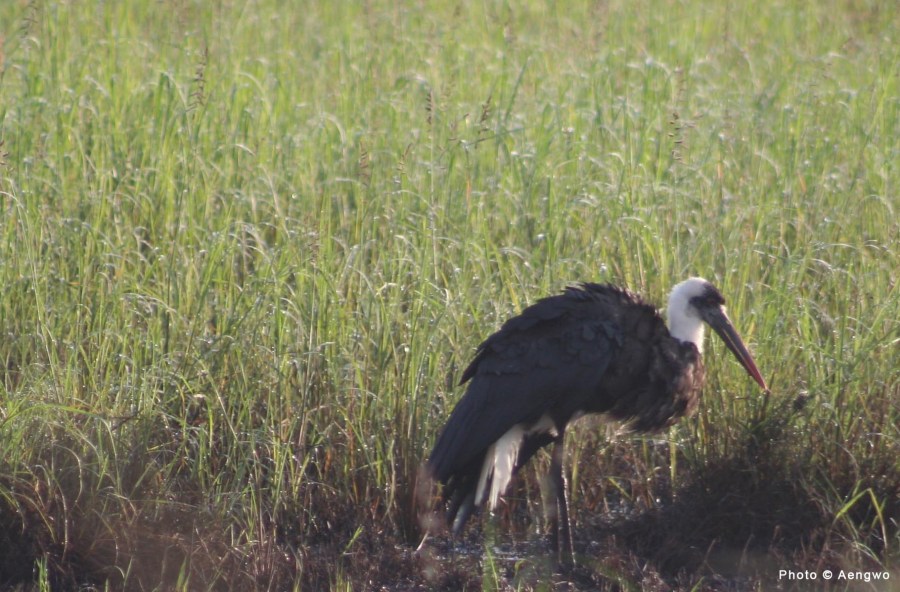
The Violet-backed Starling belongs to the family of birds classified as Sturnidae. This species, also known as the Plum-coloured Starling or Amethyst Starling, is the smallest of Kenya starlings, reaching only about 18cm in length. It is a successful breeder, and is fortunately not listed as a threatened species.
The sexes are strongly sexually dimorphic, meaning that there is a distinct difference in the appearance of the male and female. The breeding male is brilliantly coloured, with feathers an iridescent shining plum violet colour along the length of is back, wings, face and throat, contrasting with bright white on the rest of the body. Females (and juveniles) are a streaky brown and buff colour, and can easily be mistaken for a thrush.
Less noisy than other starlings, this bird is a monogamous species, and will remain so unless its mate dies. Under those circumstances it will seek a new mate in replacement. These starlings are normally seen in small flocks in summer, just before the breeding season when they will break off into pairs to nest.
Violet-backed starlings will nest in cavities such as tree holes high off the ground, holes in river banks, even in old hollow fence posts, lining the nests with dung, leaves and other plant material. They have been known to reuse nests in successive breeding seasons
In Kenya, they are found a long riverine vegetation in big dead tree trunks in Machakos, the low areas of Tugen hills, Lake Nakuru and Nairobi national park.


























